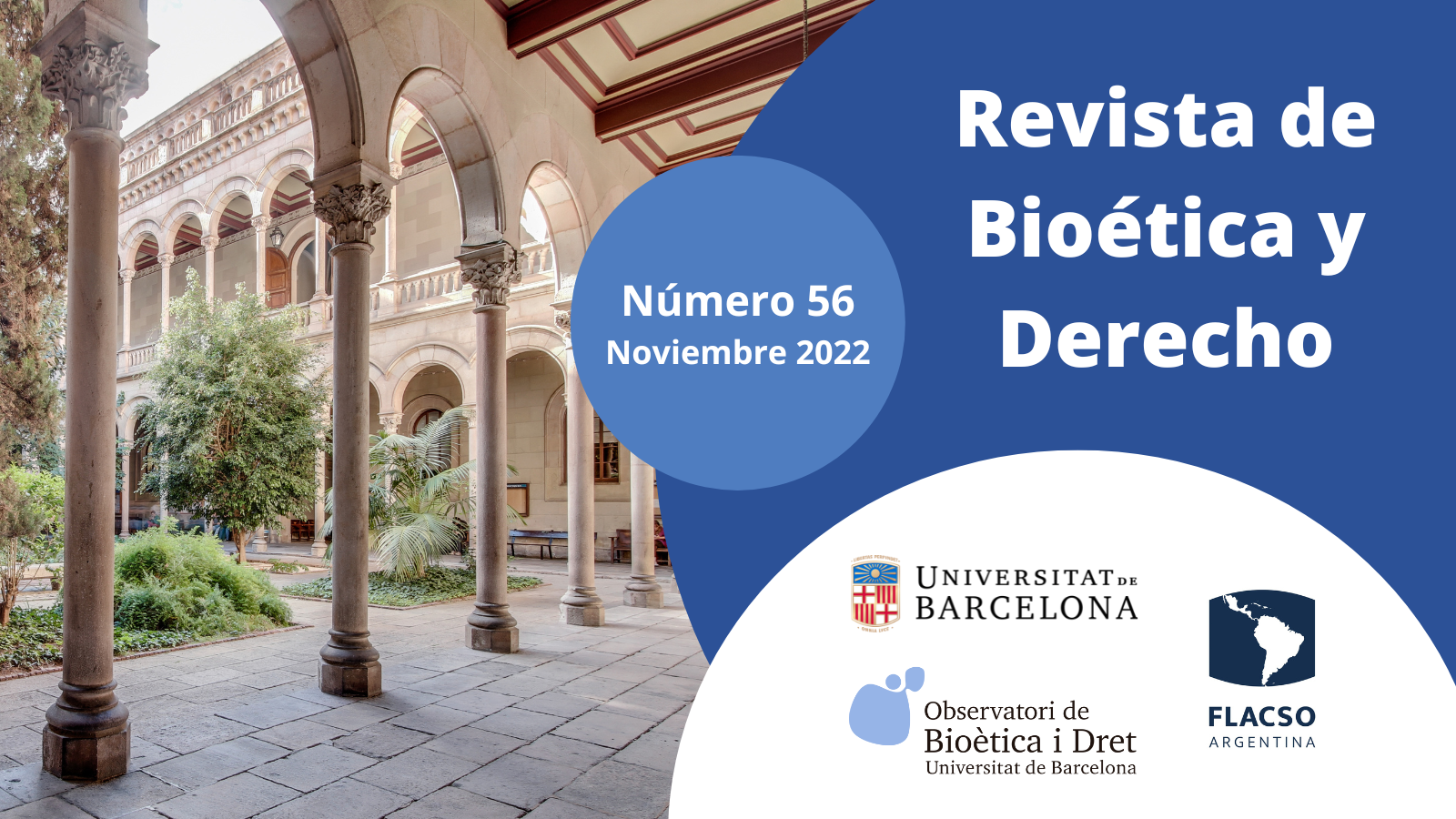The European Court of Human Rights and the relevance of genetic linkage: a review of the jurisprudence on cross-border surrogacy
DOI:
https://doi.org/10.1344/rbd2022.56.40620Abstract
In the absence of international instruments establishing common guidelines for cross-border surrogacy agreements, jurisdictions that prohibit them or consider them null and void have been confronted with the question of their effects, which has already led to several rulings by the European Court of Human Rights. On the basis of the leading case Mennesson v. France (2014), this paper analyses the different approaches to the phenomenon which have been scrutinized by the ECtHR. Due to their greater frequency, the paper pays special attention to cases arising from a state’s refusal to recognize parenthood resulting from a surrogacy arrangement concluded outside its borders and, in particular, to the weight given to the requirement of a genetic link between the child and at least one intended parent. The more recent Valdís Fjölnisdóttir and other v. Iceland (2021) and A.M. v. Norway (2022) make it clear that limiting the recognition of the effects of these arrangements to cases where such a link exist is not consistent with the best interests of the resulting children, especially when adoption is no longer possible.
Downloads
Published
How to Cite
Issue
Section
License
Copyright (c) 2022 Esther Farnós Amorós

This work is licensed under a Creative Commons Attribution-NonCommercial-NoDerivatives 4.0 International License.
 The author retains the copyright and grants Revista de Bioética y Derecho the right of first publication of the article. All articles published in Revista de Bioética y Derecho are under Creative Commons licensing Recognition – Non Commercial – NoDerivedArtwork (by-nc-nd 4.0), which allows sharing the content with third parties, provided that they acknowledge its authorship, initial publication in this journal and the terms of the license. No commercial use of the original work or generation of derivative works is permitted.
The author retains the copyright and grants Revista de Bioética y Derecho the right of first publication of the article. All articles published in Revista de Bioética y Derecho are under Creative Commons licensing Recognition – Non Commercial – NoDerivedArtwork (by-nc-nd 4.0), which allows sharing the content with third parties, provided that they acknowledge its authorship, initial publication in this journal and the terms of the license. No commercial use of the original work or generation of derivative works is permitted.







